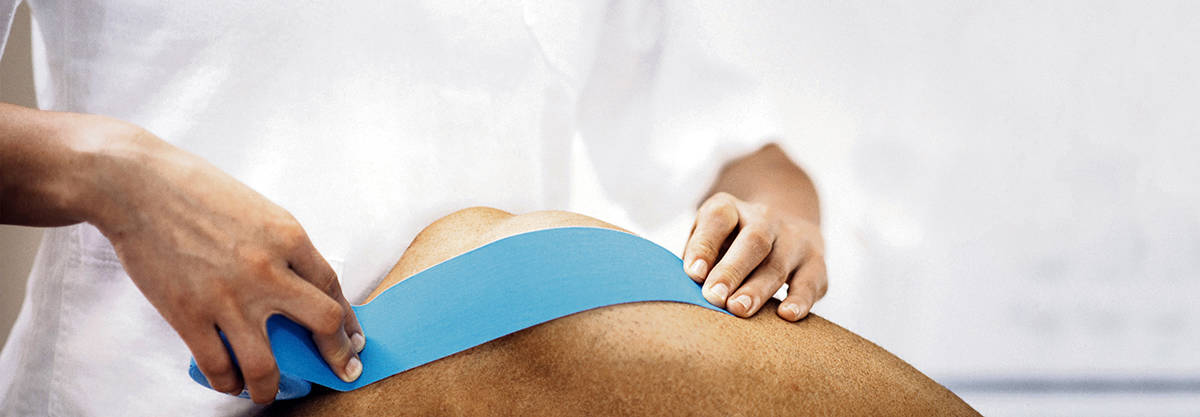Whether it’s a neck niggle that has turned into a headache or knee injury from the tennis court, the question from patients is always the same: “should I see a physiotherapist, chiropractor or osteopath to treat my pain?”
The distinction between our professions is confusing at the best of times. Add to that conflicting advice from family and friends and the Internet – everybody seems to have a different opinion – and it can be daunting to know where to start the recovery process.

Of course, prevention is key to staying pain-free, and I’d like to say that we look after our bodies, but we don’t. We load our backpacks for the walk to work, slump over a desk all day with terrible posture, then smash through a HIIT class at the gym – injuries are going to happen.
So where do you go when something hurts? To answer that, we need to look at why the person is seeking treatment. It’s hard to define, but broadly speaking:
- A physiotherapist is qualified to treat disease, injury, or deformity by physical methods such as massage, heat treatment, and exercise.
- A chiropractor is a practitioner of a system of complementary medicine based on the manipulative treatment of misalignments of the joints.
- An osteopath practices a system of complementary medicine involving the treatment of medical disorders through the manipulation and massage of the skeleton and musculature.
An osteopath falls somewhere in the middle, treating medical disorders using manipulation and massage of the skeleton and musculature.
They’re all distinct specialisms, however drawing a line between them is problematic because there are plenty of physios that can perform a spine adjustment perfectly well, just as some chiropractors can work wonders with soft tissue injuries.
And some injuries can be treated with one or the other, others benefit from a multi-pronged approach.
Take the rotator cuff for example: the group of muscles and tendons surrounding the shoulder joint. A tear would typically land you on a physio’s table for a tissue release and stability and rehabilitation, but the patient might also benefit from a chiro for a thoracic and cervical realignment to support recovery.
The same goes for knees and ankles. Being joints, these injuries are typically dealt with by a physiotherapist, but if you’re limping around for several weeks, you are going to put your pelvis and your back out simply by moving differently and need a chiropractor to realign things.
A good physio will have several chiropractors that they can refer you on to if you need it and vice versa. Or you can visit a multidisciplinary clinic like ours and see both, working as a team under the same roof. Our process begins with a free 15-minute Ultra Body Review, where we look at how the injury occurred, a patient’s medical history and general health, pain levels and a physical assessment, before providing a working diagnosis and possible treatment plans.
Even after all this if you’re still unsure, don’t be afraid to shop around. At the end of the day, a good practitioner is a good practitioner, irrespective of their field, and there’s really no right or wrong.
They should always put you – the patient – first and choose the best possible treatment for your injury or refer you on if needed.
When it comes to injuries, one of the major barriers to recovery is fear, so if you connect with a practitioner and they help you feel better then you’re onto a good thing.
Ashleigh Wienand is the clinical director and lead physiotherapist at Ultra Sport Clinic. ultrasportsclinic.com







